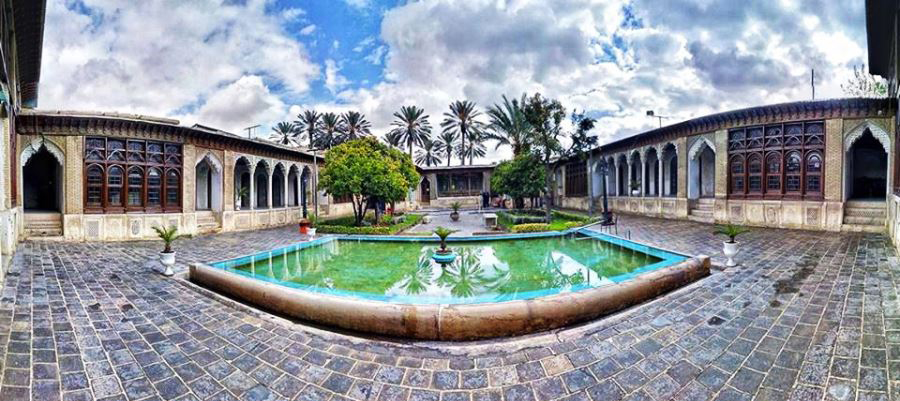Iran's Cultural Heritage, Handicrafts and Tourism Organization is aiming to restore 200 historical houses by the end of the current Iranian year that started on March 20.
Due to lack of funds, the projects draw on investments from municipalities and private enterprises, which are authorized to make commercial use of the restored structures so long as it does not damage the buildings, Mehr News Agency reported.
The ICHHTO will, however, maintain its supervisory role.
Speaking to reporters in Hamedan, Masoud Soltanifar, the head of ICHHTO, said restoration of these decaying age-old structures, which date back between 200 and 400 years, and reusing them for economic activities will come as a relief to the organization since it will guarantee the structures' future.
The official pointed to seven such houses restored by Kerman Municipality and said they will most likely open to public this week. "Based on a memorandum of understanding with Shiraz Municipality, 28 historical houses in Fars Province will be refurbished with 33 billion rials ($9.4 million)," he said.
Soltanifar noted that Isfahan and Yazd are the leading provinces with regard to renovation of old buildings, and Shiraz, Kerman, Qazvin, Gilan and Semnan follow their lead.
The Fund for Restoration and Administration of Historical and Cultural Places is also in charge of renovating the country's ancient sites. It has set itself the goal of restoring between 25 and 30 historical buildings by the end of the current Iranian year.
This means at least two buildings each month will be restored and function as unique traditional hotels, restaurants, inns and lodging places. The director of the fund had earlier said their target is to cede almost 100 buildings to the private sector for restoration each year, which means a total of 1,084 buildings will be ready for use by the end of the Vision Plan 2025.
Insiders say this is a win-win situation because cultural heritage is being protected and revived while also generating profit for investors and businesses.


